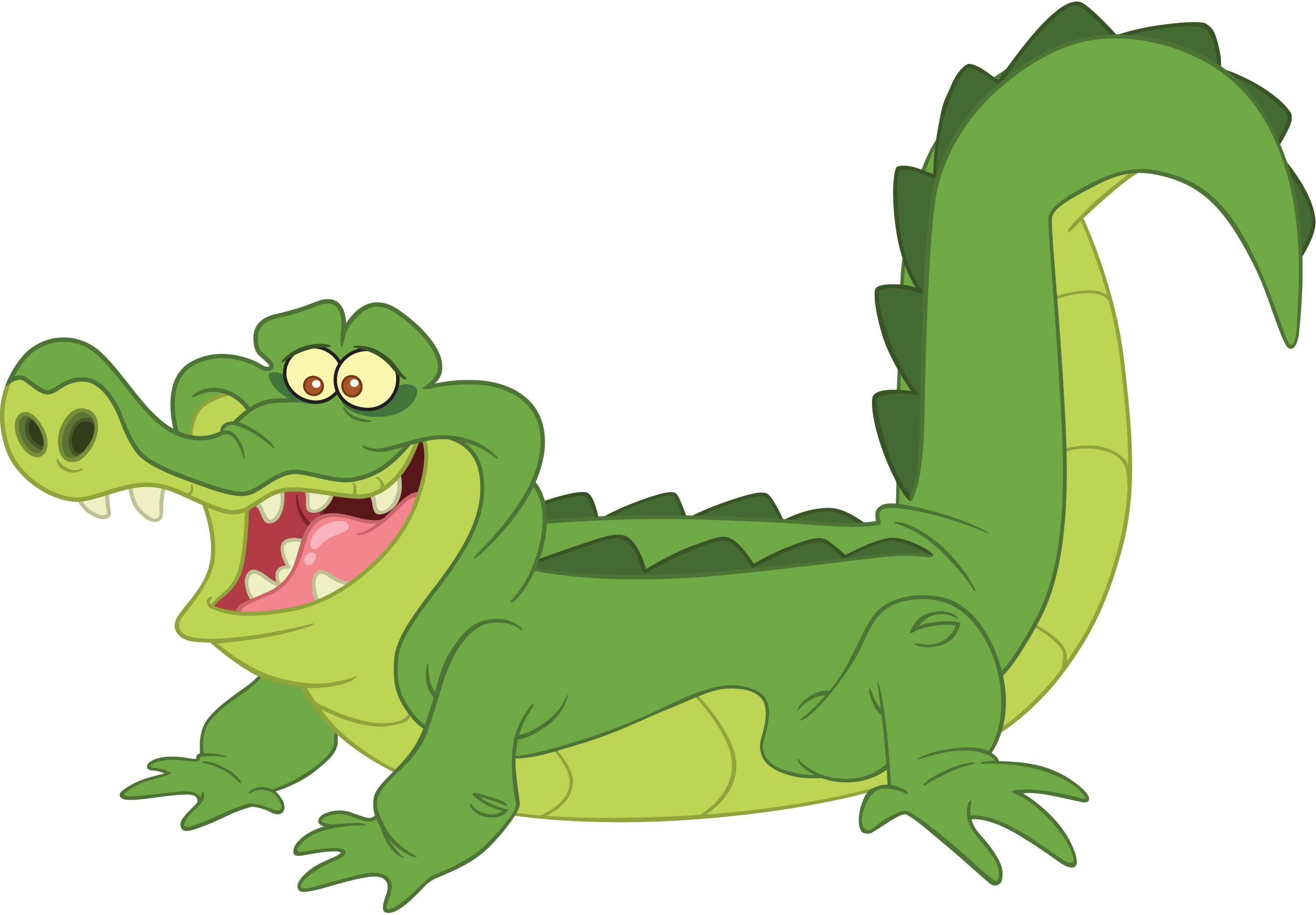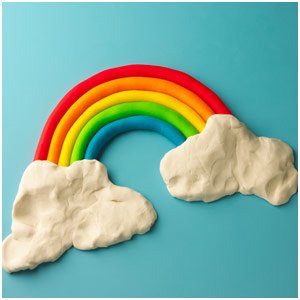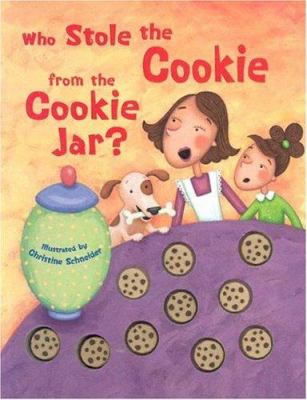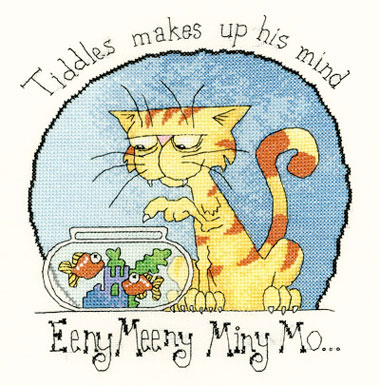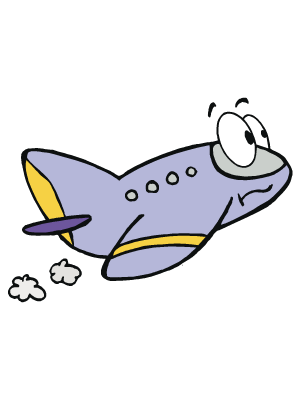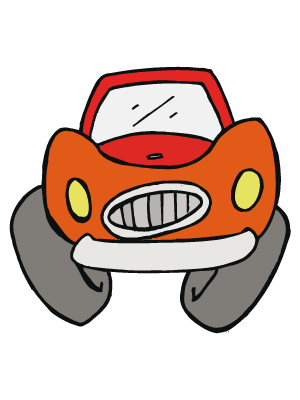
Song:
Daddy finger, daddy finger, where are you?
Here I am, here I am, how do you do?
Mommy finger, mommy finger, where are you?
Here I am, here I am, how do you do?
Brother finger, brother finger, where are you?
Here I am, here I am, how do you do?
Sister finger, sister finger, where are you?
Here I am, here I am, how do you do?
Baby finger, baby finger, where are you?
Here I am, here I am, how do you do?
Game:
Procedure:
Each member of the family is represented by a finger, like the pictures below:
Daddy
Mommy
Baby
Brother Sister
The first time, the teacher sings the song to teach the vocabulary to the kids. This variation can be made for 1-2 aged children.
To help to learn the vocabulary, in a previous lesson, the teacher has explained the children who the members of a family are with flash cards and other pictures, and with the photos of the children with their own family.
At the time the teacher is singing the song “Finger family”, she shows the named finger with a finger puppet that represents the faces of the different members.
After she has sung the first time, the children can imitate the teacher and repeat the lyrics as well as the gestures.

Variations:
For older children, 3-5 aged, we can make it more difficult. These kids know who the family members are, so the first time the teacher sings the song around the formed Assembly (everyone is sitting down), she shows the named finger and repeats the song twice, and after the children have learned the song, the teacher makes 5 groups.
Each group will represent a family member. When the song says “daddy”, “Mommy”, “brother” and so on, each group has to stand up and dance moving their entire body, until the next family member is named and sung.
The last time the song is sung, everybody is singing, but when the song names “daddy”, mommy”, “brother” and so on, the teacher gives anyone an object (tie for daddy, a handbag for mummy, a cap for the brother, a hairband for the sister, and a rattle for the baby). At the time the child is receiving the object, he/she has to stand up and dance imitating a daddy, mommy, brother and so on, depending on the case.
Materials:
5 finger puppets representing each member of the family. With children older than 3, they can previously make a workshop to make some finger puppets with cards and cryons. In groups, each of them will create one member of the family.
Objectives:
-To work Finger psychomotricity
-To learn the family members
-To represent the family members (symbolic image)
-To learn to work in groups
-To coordinate the dance in groups
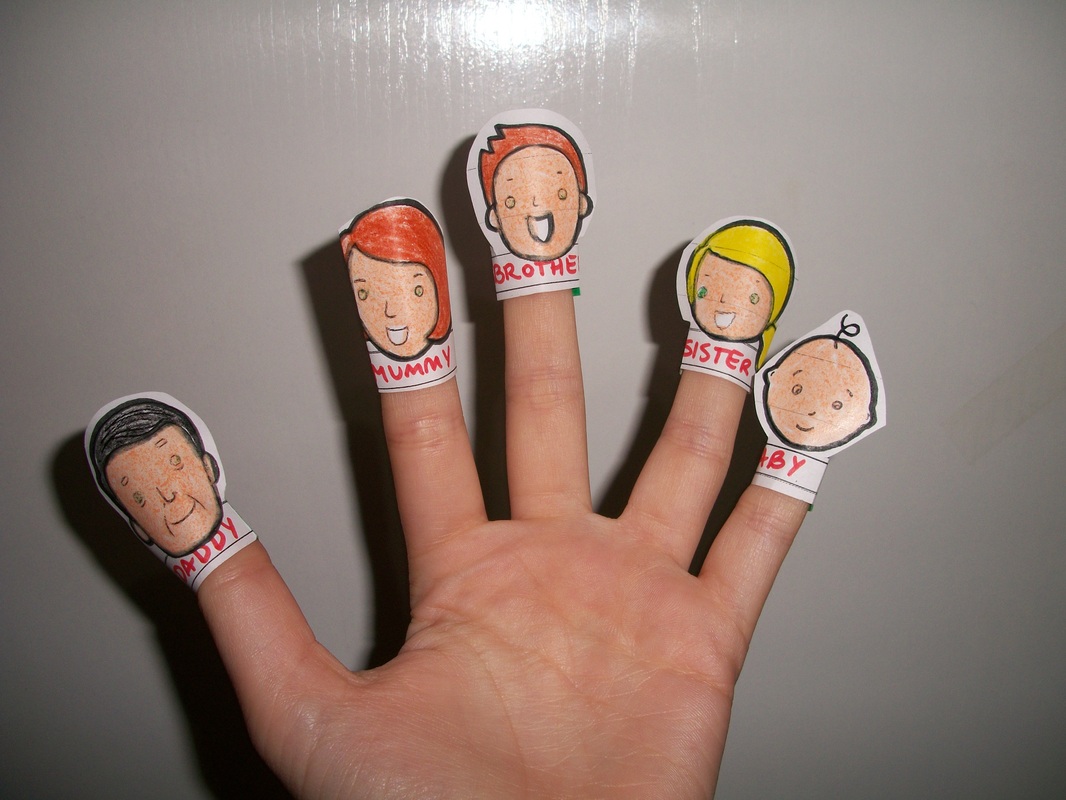
When and where:
The workshop can be made before the break or after lunch, because it's a relaxing activity that doesn´t require much concentration. The workshop is indicated for children over 3 years, and in spite of that, the teacher has
to help them to stick the face and clothes. The teacher can also draw the face and body of the finger family and the kids only have to colour the drawing with the colours indicated by the teacher. With this option, we can reforce another aknowledgement about the colours, too. For example: “the daddy finger has to be coloured with a blue pen, the mommy´s finger has to be coloured with the green pen...” and so on.
The song can be taught and sung in the Assembly or after the Assembly, but it's important to get the attention of the children, that they are sitting down in half a circle.
enlace canción


